Resources
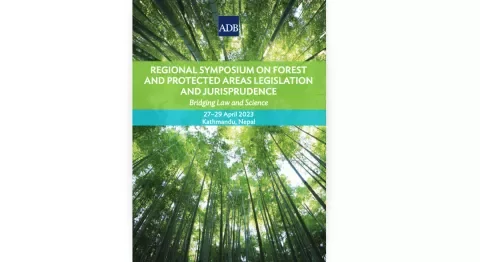
Regional Symposium on Forest and Protected Areas Legislation and Jurisprudence: Bridging Law and Science Post-Symposium Booklet
This Post-Symposium Booklet is based on the proceedings of the Regional Symposium on Forest and Protected Areas Legislation and Jurisprudence: Bridging Law and Science, held in Kathmandu, Nepal, from 27–29 April 2023.
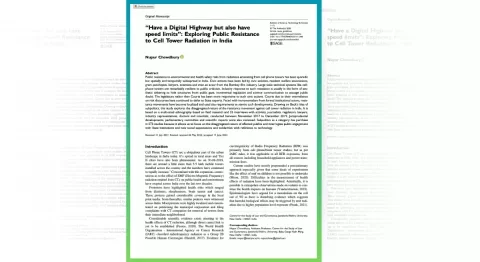
“Have a Digital Highway but also Have Speed limits”: Exploring Public Resistance to Cell Tower Radiation in India
Public resistance to environmental and health safety risks from radiations emanating from cellphone towers has been sporadic but spatially and temporally widespread in India. Civic actions have been led by civic activists, resident welfare associations, gram panchayats, lawyers, scientists and even an actor from the Bombay film industry. Large scale technical systems like cell towers are remarkably resilient to public criticism. Industry response to such resistance is usually in the form of aesthetic tinkering to hide structures from public gaze, incremental regulation and science communication to assuage public doubt. The legislature, rather than Courts, has been more responsive to such civic actions.
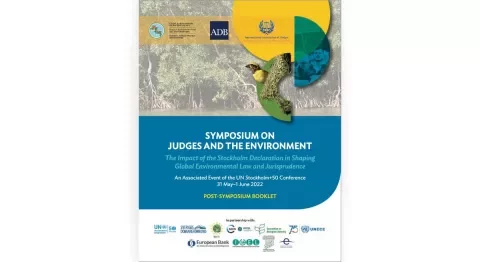
Post-Symposium Booklet: Symposium on Judges and the Environment | The Impact of the Stockholm Declaration in Shaping Global Environmental Law and Jurisprudence
SYMPOSIUM ON JUDGES AND THE ENVIRONMENT: The Impact of the Stockholm Declaration in Shaping Global Environmental Law and Jurisprudence An Associated Event of the UN Stockholm+50 Conference last 31 May–1 June 2022
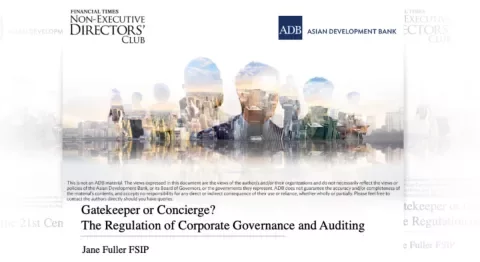
Gatekeeper or Concierge? The Regulation of Corporate Governance and Auditing
What is the “comply or explain” approach to corporate governance? How well does this principles-based approach work? This presentation provides a working knowledge of the regulation of corporate governance and auditing. It also examines the role of external auditors in providing shareholders with reasonable assurance that numbers in the accounts are true and fair.
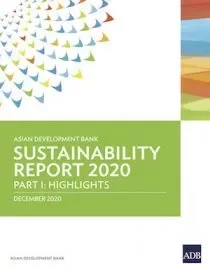
Asian Development Bank Sustainability Report 2020
The ADB Sustainability Report 2020 provides detailed information on the economic, social, and environmental impacts of ADB’s operations, activities, and institutional practices for 2018 and 2019.
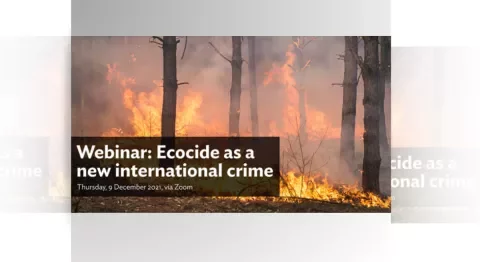
Ecocide as a New International Crime
Commissioned by the Stop Ecocide Foundation, an expert drafting panel of 12 highly renowned international criminal and environmental lawyers from around the world has just concluded six months of deliberations. The result: a legal definition of “ecocide” as a potential fifth international crime, to sit alongside genocide, crimes against humanity, war crimes and the crime of aggression.
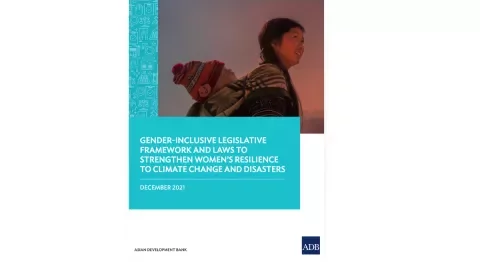
Gender-Inclusive Legislative Framework and Laws to Strengthen Women’s Resilience to Climate Change and Disasters
Globally, women are disproportionately impacted by climate change and disasters due to gender inequalities and limited opportunities to participate in decision-making processes. The report provides a conceptual framework and good practice guide to improve gender equality in this space based on international norms and examples of national laws.

Case Study on Waste Crime - Prosecuting the Export of UK Solid Waste to Other Countries
Howard McCann, the barrister who handled the Biffa Waste Services case, discusses its successful prosecution and the international cooperation that made it possible.

Environmental Crime - An Overview
Experts provide an overview of environmental crime issues and the challenges of dealing with and prosecuting transnational environmental crime.
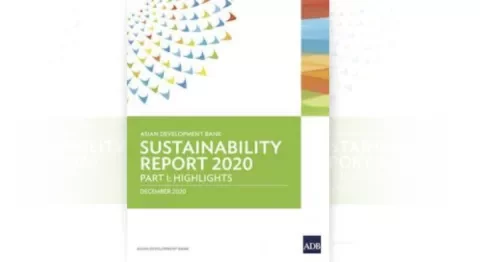
Asian Development Bank Sustainability Report 2020
The Asian Development Bank (ADB) Sustainability Report 2020 provides detailed information on the economic, social, and environmental impacts of ADB’s operations, activities, and institutional practices for 2018 and 2019.